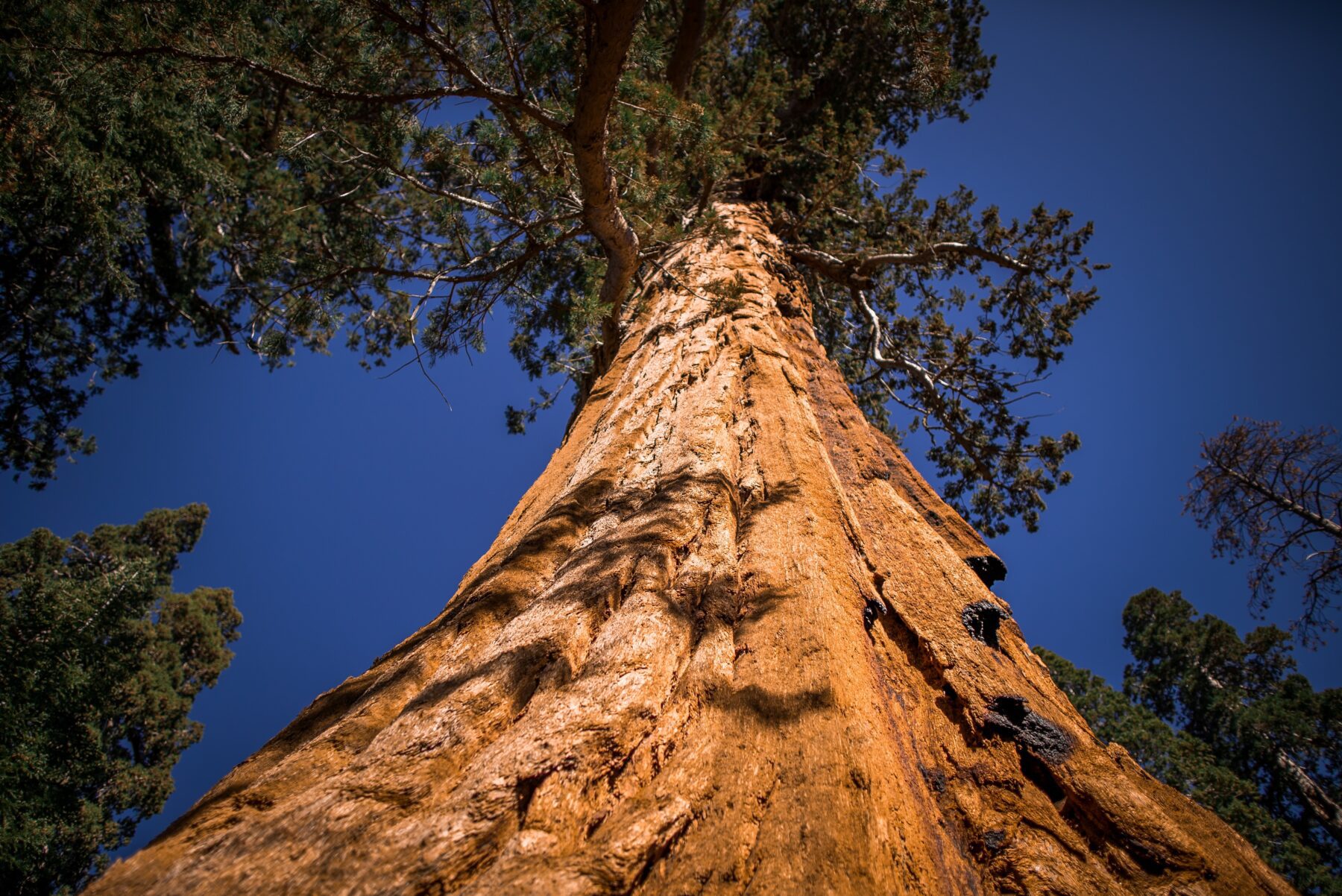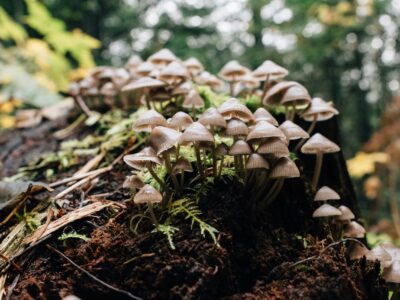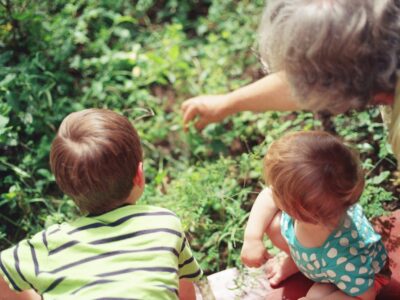“The land produced vegetation: plants bearing seed according to their kinds and trees bearing fruit with seed in it according to their kinds. And God saw that it was good.” Genesis 1:12 NIV
The Grizzly Giant, a sequoia tree in Yosemite Park’s Mariposa Grove, gets its name from spanning a volume of about 34,000 cubic feet. That’s over 200 feet tall and several feet wide! This behemoth of a tree is the 26th largest living sequoia and has a unique history that began more than 2,000 years ago.
Over a century ago, naturalist John Muir went camping with President Theodore Roosevelt under the Grizzly Giant. Roosevelt was so fascinated by the tree, he described the tree and its surrounding grove as a “temple.” Soon after, he extended federal protections for the park.
The tree stands prominently in Mariposa Grove of Giant Sequoias, the largest and most popular of Yosemite’s scenic wonders. The grove provides a large tourist presence to the surrounding area of Wawona, California.
However, the potential threat of the Washburn Fire, a wildfire that has been burning in Mariposa Grove since July 7, has scientists scrambling to protect the Grizzly Giant. The fire has burned down more than 3,700 acres of brush and timber and caused the small community in Wawona to evacuate.
The concern is that if the fire were to reach the giant sequoia’s leaves, it could lose its photosynthetic capacity and die, said Nate Stephenson, a scientist emeritus in forest ecology for the United States Geological Survey. The conditions of the wildfires are different from those of prescribed fires by qualified park staff to enhance native plant communities.
“We have to go to the ends of the earth to protect this tree,” said Garrett Dickman, a forest ecologist with Yosemite National Park, to The New York Times in an article titled How to Save an Ancient, Giant Tree From a Wildfire.
Protecting the tree has required a lot of innovation and teamwork. Park authorities set up a sprinkler system that pumps between 15 to 20 gallons of water per minute at the base of the tree to increase humidity, Dickman said. Park officials are also clearing debris from the ground and chopping down smaller trees that are at risk of catching on fire.
In recent fires, firefighters wrapped the trees in protective foil, pumped foam onto them, and covered them in pink fire retardant.
The scientists are thinking up other plans, including pointing misters toward at-risk trees to create a “wall of water” or climbing up the giant trees to check for embers and chop off burning limbs.
Thankfully, scientists have faith in the resilience of Mariposa Grove. The grove may be less at risk than some of the other giant sequoia groves due to the many years of prescribed burning by the National Park Service, which have strengthened the trees to avoid serious consequences.
Giant Sequoias are also strong enough to bounce back from scorching around their trunks. It is the job of the more than 1,000 firefighters on the scene to make sure that the fire doesn’t migrate to the crown of the trees.
While the scientists at Yosemite park never thought the sequoias would be at risk of burning, through innovation and collaboration they created an effective way to protect the ancient trees.
Hopefully, by working together to protect creation, the trees will survive for another thousand years to come.





 Copyright
2024
Root and Vine
Copyright
2024
Root and Vine